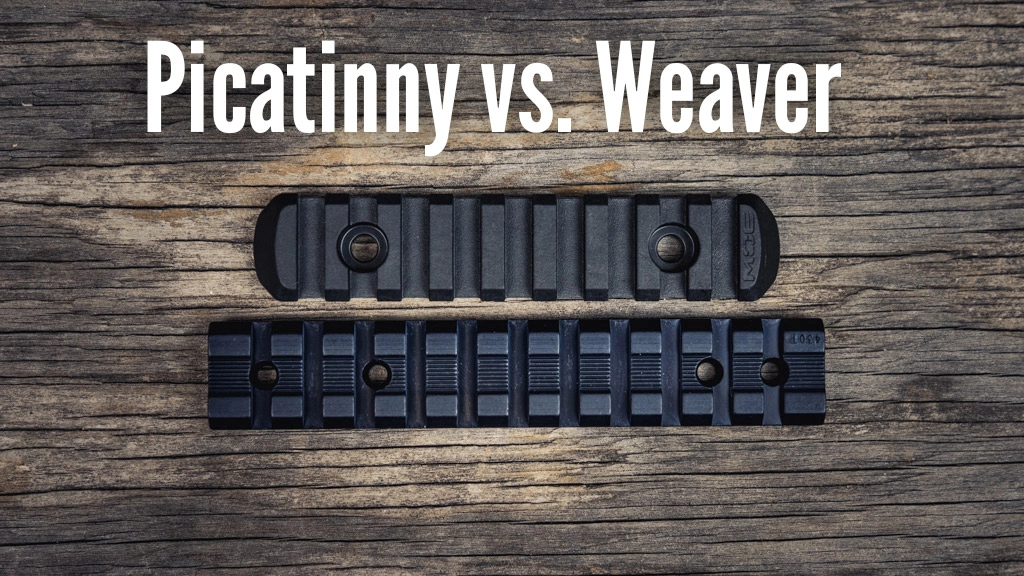RIS
RIS (Rail Interface System), also known as the Picatinny rail or MIL-STD-1913, is a standardized mounting system used on firearms to attach accessories—such as optics, red dot sights, flashlights, handguards, vertical grips, lasers, and more. So whenever you see RIS rail, Picatinny rail, Mil-Spec 1913 rail, or M1913—it all refers to the same type of rail. You’ll find RIS accessories, RIS handguards, and rails themselves on our webshop as well.

History and development of RIS
RIS was created as the MIL-STD-1913 military standard in the US and officially adopted in 1995. It was developed from the civilian Weaver system but features strictly defined dimensions and slots, ensuring full compatibility across manufacturers. The RIS rail’s predecessor—the Weaver rail—had a similar profile, but its grooves varied in spacing and depth, which often caused issues with universal accessory mounting.

Dimensions and standards
- RIS (Picatinny): Width of 21.2 mm (commonly labeled as 21 or 22 mm), with precisely defined slot shape, depth, and 5.23 mm spacing. Each slot is usually numbered.
- Weaver: Similar width (~21 mm) but non-standardized grooves, which may not be evenly spaced. Many RIS mounts fit Weaver, but not always the other way around.
- 11mm dovetail: Commonly used on sporting, hunting, or air guns. Narrower and lower than RIS, usually without grooves—mounting is done by clamping. Not suitable for heavier or professional-grade accessories.
Use of RIS in military and law enforcement
RIS rails are now standard equipment on modern assault rifles, carbines, and sniper rifles worldwide. Examples include:
- M4A1, M16A4 – classic American rifles with RIS
- HK416 – German rifle with SMR RIS system
- FN SCAR, CZ BREN 2 – modern modular firearms with full RIS integration
RIS systems allow soldiers to quickly adapt gear to the mission—e.g., mounting night vision, flashlight, ballistic computer, or IR laser.
Advantages of RIS rails:
- Standardized – accessories from different manufacturers are compatible
- Secure and stable mounting
- Numbered positions for repeatable mounting
Alternatives and successors:
Although RIS is still widely used, some militaries and firearms manufacturers are transitioning to newer systems:
- KeyMod – lighter, but less durable
- M-LOK – open standard by Magpul, popular for its modularity and weight savings
Most new systems still use RIS / Picatinny on the top rail to ensure compatibility with optics and sights.
Powered by Froala Editor